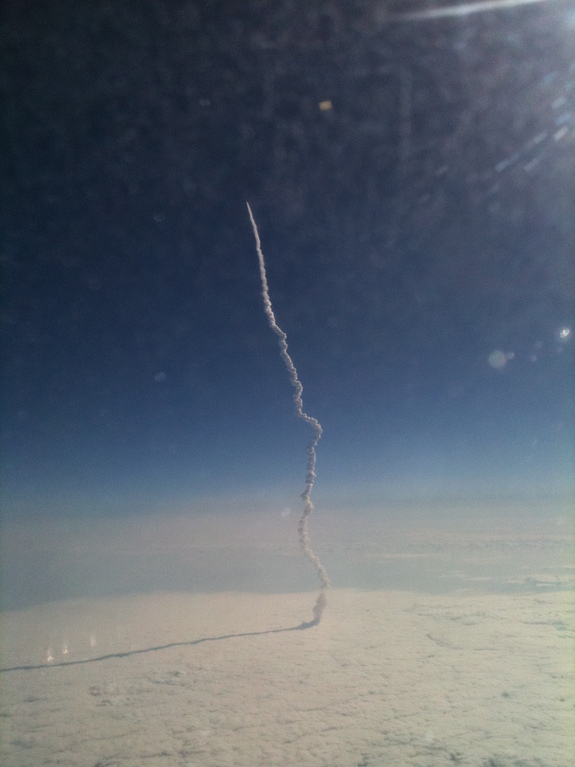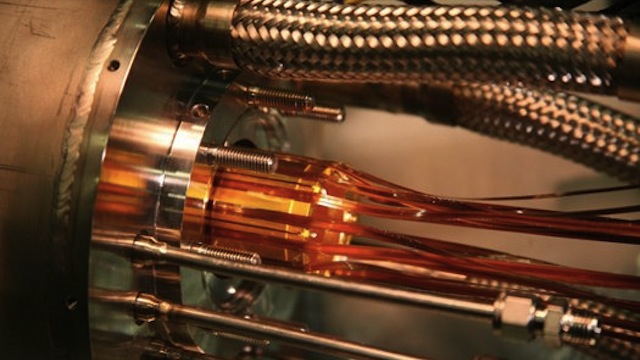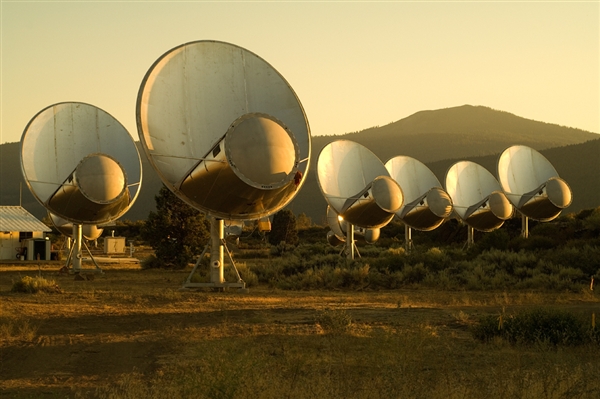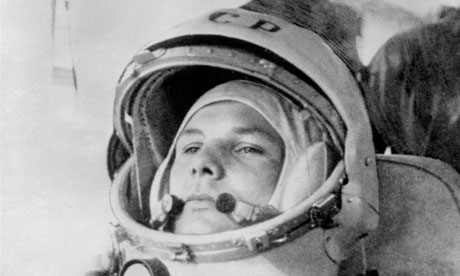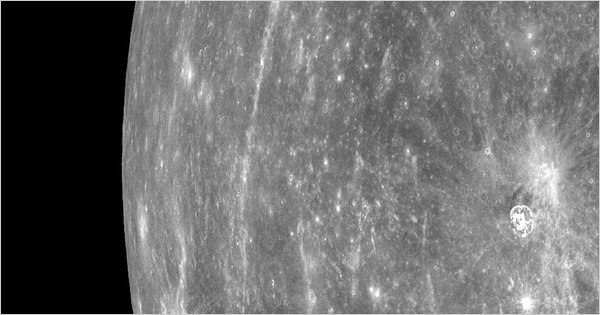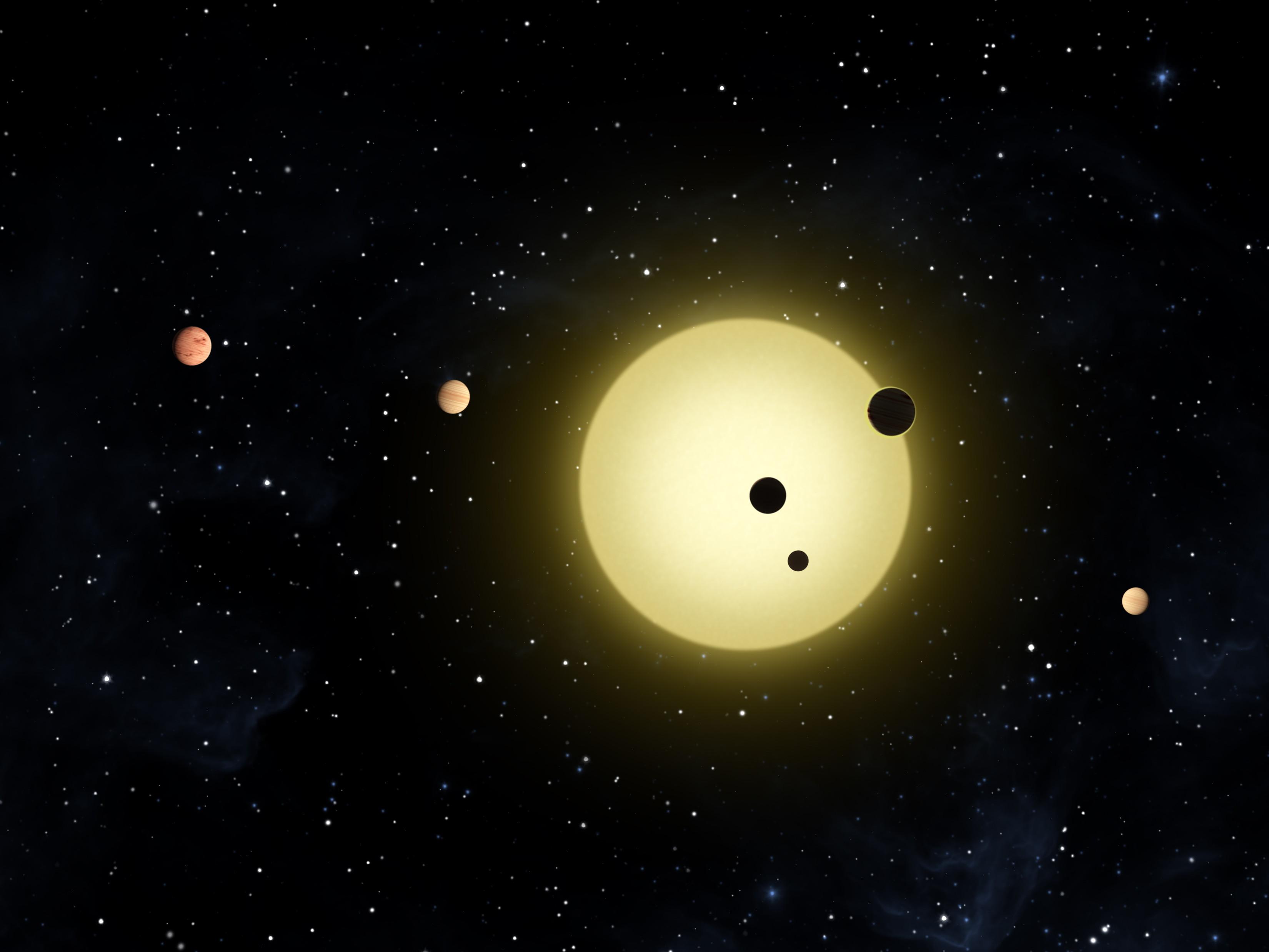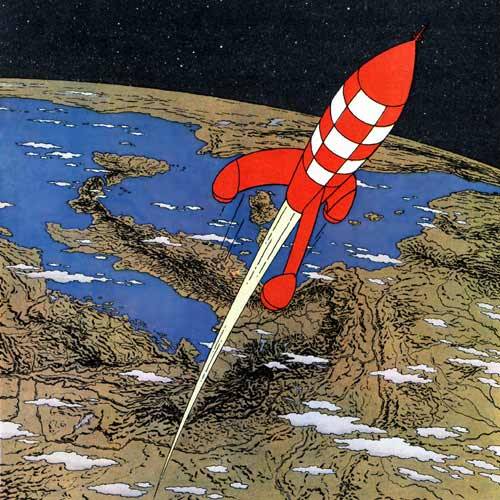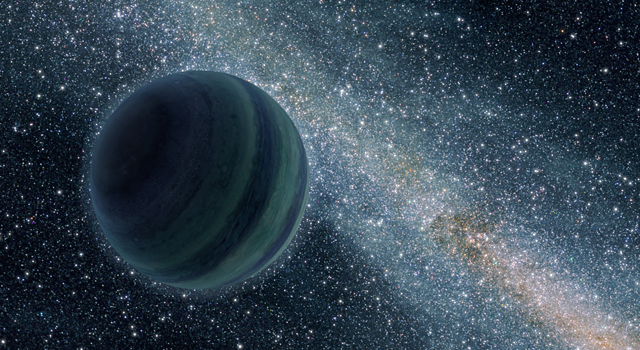
“So what makes the astronomers think these are free-floating planets, and not ones orbiting stars like Earth does? Well, the lensing events themselves show only a single rise and fall of the background starlight. If the planets were orbiting stars, those stars would also act like lenses, and their effect would be seen. They weren’t.“
As explained by Discover‘s Phil Plait, a NASA-funded study using gravitational lensing finds possible evidence of billions of rogue planets wandering the cosmos between the stars. “In fact, these free-floaters may outnumber ‘regular’ planets by a factor of 1.5 or so. There are more of them than there are of us!…It’s thoughts that like which make me glad to be an astronomer, especially one living now. Just when you think the Universe is running low on surprises, it reminds us it’s a lot more clever than we are.”

